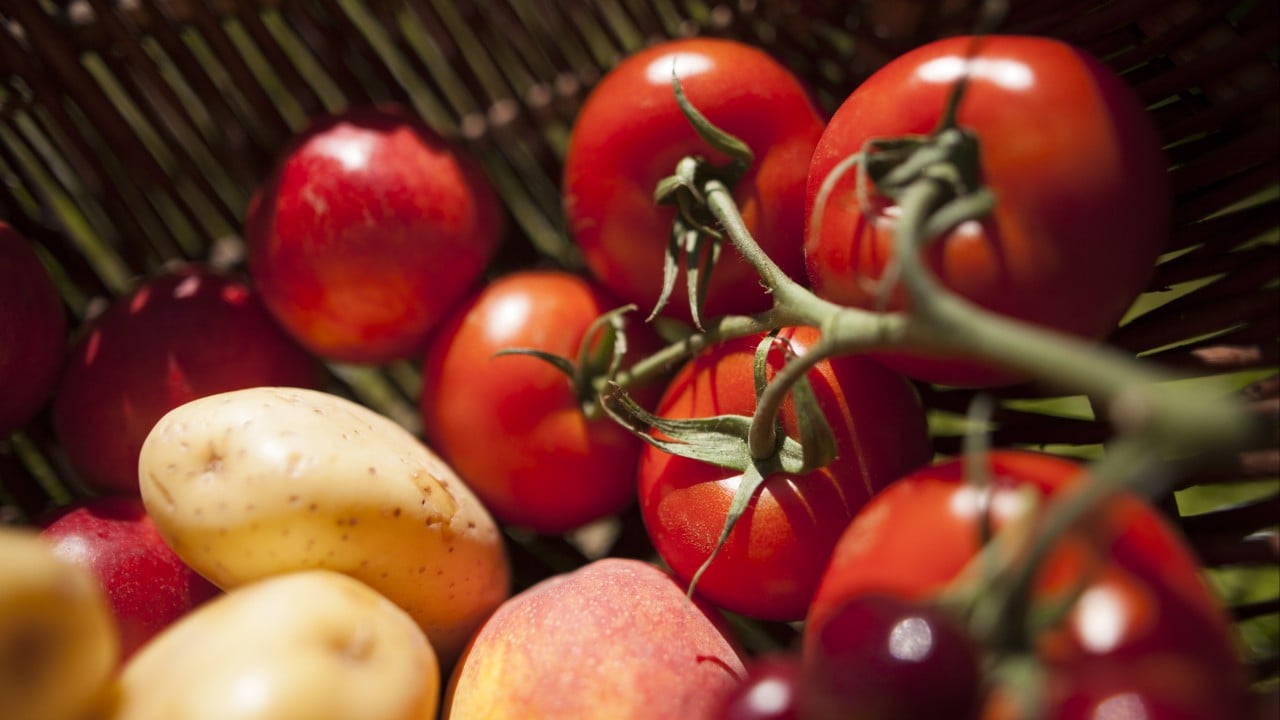They could not look less alike in the supermarket aisle, but a Chinese-led research team has uncovered an ancient link that makes a forerunner of the tomato a genetic parent of the potato.
Advertisement
By examining genomes and data sets from cultivated and wild potato species, the scientists traced the tuberous plant’s evolution back about nine million years to a moment when a tomato ancestor created a hybrid with a group of potato-like – but tuberless – plants called etuberosum. They published their findings in the journal Cell on Thursday.
All varieties of potato have underground tubers, but until now it has not been clear how they developed them and diversified.
The researchers concluded that hybridisation was a key driver of the development of tubers – the part of the potato that makes it a staple crop today.
“We not only show that the cultivated potato and its 107 wild relatives are derived from an ancient hybrid speciation event, but also that tuber formation itself, a key innovative trait, has a hybrid ancestry,” the team said in the paper.
Advertisement
The potato is the third most widely consumed food crop globally, after rice and wheat, and is eaten by over 1 billion people, according to the United Nations Food and Agriculture Organization.

